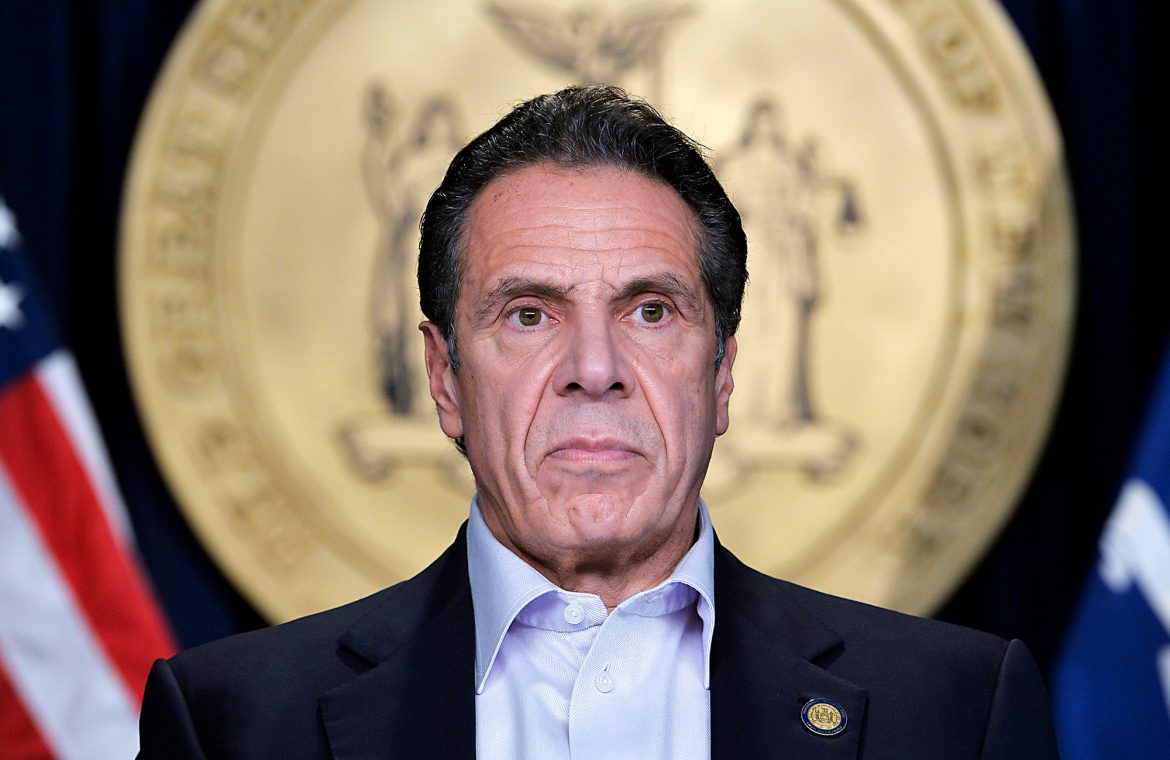[ad_1]
New York’s coronavirus-ravaged nursing homes are still “acutely vulnerable” to the deadly illness — more than nine months into the pandemic, according to a report on Thursday.
Between Oct. 25 and Nov. 29, nursing home residents accounted for a quarter of all COVID-19 deaths statewide, despite making up less than half of 1 percent of the population, the Empire Center for Public Policy found.
“It seems like they’re more vulnerable than ever,” said Bill Hammond, senior fellow for health policy at the independent think-tank.
During that five-week span, there were 268 coronavirus deaths at the facilities, according to federal data reviewed by Hammond. That number represents 26 percent of all virus fatalities reported by the state Health Department during that time period.
Nursing homes in upstate New York were hit far worst than those in the Big Apple, which accounted for 18 of the deaths, the data showed.
For instance, the states Southern Tier, which includes Binghamton, Corning and Elmira, saw 84 COVID-19 fatalities in those weeks — making up 71 percent of the region’s number.
The disturbing details come despite the state implementing strict restrictions on nursing homes — such as limited visitation and weekly testing for staff — after the spring wave of infections.
Hammond said he had believed “that nursing homes were better protected than ever,” but after finishing his analysis found, “it doesn’t seem like that.”
Gov. CuomoMatthew McDermott
“I think it’s extremely difficult to protect nursing home residents from this virus because they’re so acutely vulnerable,” he told The Post.
“Although they themselves are cut off from the rest of the world, they have frequent intimate contact with staff… and those people are out in the world to some extent and are inevitably exposed to the virus.”
While the state’s rate of coronavirus fatalities — both in and out of nursing homes — remains lower than in April and May, Hammond said the troubling trend needs to be addressed.
“It’s puzzling to me that this issue, this trend has not been addressed by the governor or his people in the daily briefings,” he said.
“It is a huge percentage in the deaths especially upstate in nursing homes and we were aware they were taking a lot of special care and protections.”
Gov. Andrew Cuomo has been facing criticism for months that policy directives issued by his Health Department in the early days of the pandemic fueled outbreaks in hard-hit nursing homes.
A later-rescinded March 25 directive required nursing homes to accept recovering COVID-19 patients from hospitals, a controversial policy that the governor claimed followed federal guidance.
The Cuomo administration has publicly reported roughly 6,500 deaths from COVID-19 in long-term care facilities across the state since March — but have refused to say how many died after they were taken to hospitals for emergency care.
State health commissioner, Dr. Howard ZuckerHans Pennink
Lawmakers and the Empire Center have submitted Freedom of Information Law requests and sued the state for refusing to release those figures. That suit is pending.
Cuomo critics and health care experts have ripped the governor and his state health commissioner, Dr. Howard Zucker, for issuing the directive, which required nursing homes to allow COVID-positive residents to return from hospitals if they were not in need of intensive care.
They argue the mandate helped to fuel outbreaks at long-term care facilities, which are home to the elderly and infirm — some of those most vulnerable to the deadly disease.
And an Associated Press analysis of data indicates the count provided by the state of total nursing home deaths may be grossly underreported. Some 323 nursing home residents died between early June and mid-July, according to the AP’s review of federal data — 65 percent higher than the 195 deaths tallied by the state in that same period.
If that rate is indicative of reporting disparities for the duration of the pandemic, it could account for thousands of additional coronavirus-linked deaths in nursing homes.
The state DOH released an internal report in July saying the virus was spread through the facilities primarily by staffers.
But the self-review, which attempted to vindicate the department’s highly criticized policies, was slammed by experts who said it was riddled with holes.
Cuomo’s office didn’t immediately return requests for comment on the Empire Center report.
[ad_2]
Source link








